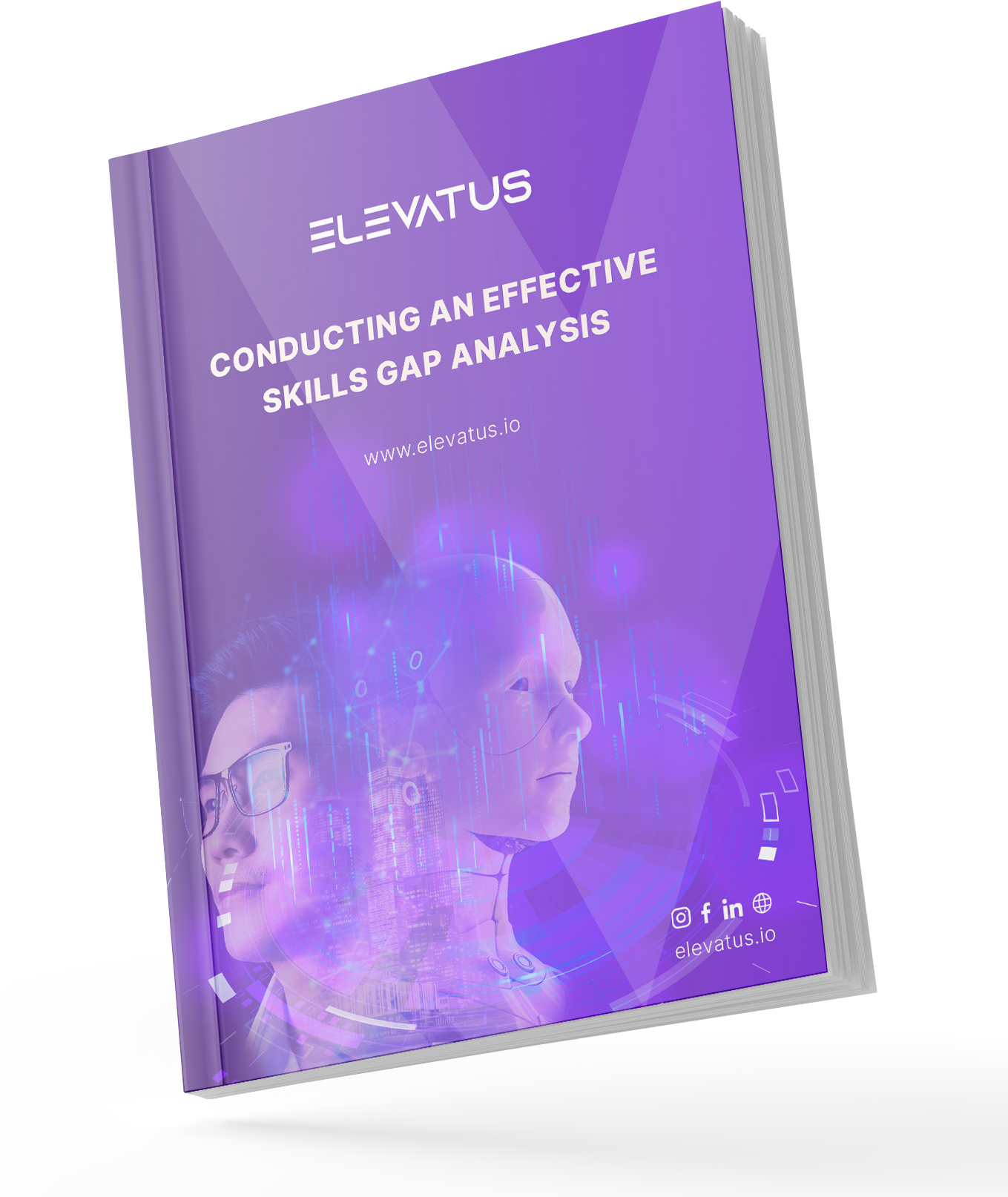
HR Pillars Unveiled: The 8 Key Foundations to Strengthen Your HR Strategy
April 18, 2024
Reem Al-Tamimi
Content Writer
What if we told you that the success of your business hinges significantly on your HR strategy? It’s not merely about the routine tasks of hiring and firing; it’s about constructing a solid foundation that uplifts every facet of your organization. At the heart of this foundation lie the HR pillars.
Grasping these core HR pillars enables your business to craft a robust strategy that not only supports your workforce but also bolsters your overarching business objectives. It’s about strategically investing in HR functions to ensure they are as dynamic and forward-thinking as the industry demands. Are you ready to fortify your core and build a resilient HR strategy?
Whether you’re spearheading a fast-growing startup or steering an established company to maintain its competitive edge, mastering these pillars is essential. So, let’s dive into the core elements that can transform your HR department from a mere function to a strategic powerhouse.
Build a candidate experience that comes first
See how our award-winning ATS can help you deepen your talent pool and fill positions faster by building an immersive and modern candidate experience.
Request a demoSo, What Are The Pillars of HR?


Imagine them as the core elements that underpin every successful HR strategy. These pillars cover essential HR functions—everything from strategic talent acquisition and talent management to compliance, performance management, and beyond. Each one plays a critical role in building a productive, engaged, and satisfied workforce.
Why does this matter for your company? Well, when these pillars are effectively managed, your organization doesn’t just run; it thrives. You’ll attract top talent, maintain compliance with evolving legal standards, boost employee performance, and cultivate a positive work environment. This strategic approach not only reduces turnover but also sharpens your competitive edge. In essence, solid HR pillars don’t just support your business—they propel it forward. Ready to see how strengthening these pillars can transform your company’s HR into a powerhouse?
A company’s Human Resources strategy serves as a crucial roadmap for managing its most valuable asset: its employees. Several fundamental HR pillars are essential for a robust and successful HR strategy. Each pillar plays a pivotal role in ensuring that HR supports and enhances the organizational structure, thereby fostering a productive and satisfying work environment. Let’s dive into the eight main pillars of HR that form the backbone of effective human resources management.
8 Key HR Pillars for Effective Management
Understanding and implementing these eight pillars of human resources effectively is essential for any organization aiming to leverage its HR function as a strategic partner in achieving business success. Each pillar not only supports specific aspects of human resources management but also complements and enhances the others, creating a comprehensive framework that can drive organizational excellence. By prioritizing these HR pillars, companies can ensure that their HR strategies are not only aligned with business objectives but also adapted to meet the challenges of a dynamic and evolving workforce. Let’s dive into the eight main pillars of HR that form the backbone of effective human resources management.
Make the right hires every time
Learn how our award-winning ATS can help you use AI and automation to save time, eliminate manual tasks, and hire at an enterprise scale – but without the complexity.
Show me howPillar 1: Strategic Talent Acquisition and Recruitment
This is one of the pillars of HR that involves more than just filling vacancies. It’s about aligning HR processes with business goals to attract and secure the right talent that will drive the organization forward. This includes developing job descriptions, sourcing candidates through various channels such as job boards and social media, and conducting thorough screening and interviews. The alignment of HR with the organization’s strategic needs ensures that hiring efforts are focused and effective, contributing to the overall success of the company.
Pillar 2: Talent Management
Talent management focuses on optimizing employee capabilities, commitment, and contribution. It encompasses managing employee life cycles from hiring to retirement, including onboarding, development, and retention strategies. Effective talent management ensures employees are motivated and equipped with the necessary tools and resources to perform at their best. It also involves fostering a positive employee experience and engagement, which are critical for maintaining a motivated workforce.
Pro Tip:
HR is pivotal in shaping your experience at work. By orchestrating diverse team-building activities, they foster a positive and inclusive atmosphere. Whether these events are held virtually, onsite, or offsite, they’re designed to enhance connectivity. This is your chance to really connect with colleagues, celebrate what makes each person unique, and build a stronger, more cohesive team.
Pillar 3: Legal and Regulatory Compliance
Legal and regulatory compliance is one of the pillars of human resources that ensures that the organization adheres to all applicable laws and regulations. This is crucial for minimizing risk and protecting the organization against legal challenges. Compliance activities include staying updated on changes in labor laws, implementing necessary training, and ensuring that company policies are in line with legal requirements. This pillar is foundational, as it supports all other HR activities by ensuring they are conducted within legal frameworks.
Pillar 4: Performance Management
Performance Management involves the continuous process of setting objectives, assessing progress, and providing ongoing coaching and feedback to ensure that employees are meeting their career goals and contributing to company goals. Effective performance management can enhance employee productivity and morale and is often integrated with compensation management to align performance with rewards.
Pillar 5: Compensation and Benefits
This pillar is about designing and managing salary structures and benefits offerings that attract and retain talent. Compensation and benefits need to be competitive and aligned with the organization’s financial situation and strategic objectives. Rewards and recognition programs are also included in this pillar to motivate employees and acknowledge their efforts and achievements, contributing to higher job satisfaction and loyalty.
Pillar 6: Career Development and Learning
Career Development and Learning focuses on providing employees with opportunities for growth and development. This can include training programs, workshops, e-learning courses, and other educational opportunities. Supporting employees in their career aspirations not only enhances their skills but also helps the organization by creating a more knowledgeable and capable workforce. This pillar is crucial for maintaining a competitive edge in the market through a skilled workforce.
Conducting An Effective Skills Gap Analysis
Unlock the secrets to developing high-performing teams and elevating organizational success. Dive into an understanding of effective skills gap analysis, focusing on leveraging strengths and fostering an environment of continuous growth.
Read Now

Pillar 7: Employee Relations
Employee Relations involves the strategies and practices that help to foster a healthy employer-employee relationship. This includes addressing employee grievances, facilitating open communication, and implementing policies that create a supportive work environment. Effective employee relations practices can lead to improved morale, reduced conflict, and enhanced productivity, making it a cornerstone of effective HR management.
Pillar 8: Employee Exits
This is one of the human resources pillars that focuses on managing the offboarding process in a manner that maintains a positive relationship with departing employees. This includes conducting exit interviews to learn about their experiences and reasons for departure, which can provide valuable insights into improving the workplace. Managing exits properly can also prevent potential legal issues and foster a network of alumni who speak positively of the organization.
HR Pillars: Building a Strong HR Roof


Each of these HR Pillars plays a crucial role in shaping a robust Human Resources department, which in turn supports the overarching structure of an organization’s people strategy. Just as a sturdy roof depends on the strength of its support, the success of a company’s HR strategy hinges on these foundational elements.
From strategic talent acquisition that aligns with business goals to comprehensive talent management and proactive compliance measures, each pillar contributes significantly to the efficacy and resilience of HR practices. It’s imperative for HR professionals to continually assess and reinforce these pillars, ensuring they effectively support employee performance, retention, and, ultimately, the company’s bottom line. By fortifying these key areas, HR departments can provide a solid foundation that not only withstands challenges but also drives organizational success.
Explore our extensive collection of HR Tutorials, your toolkit for streamlined recruitment. With our customizable templates, you can quickly transform blank pages into polished HR documents. Simply browse, select your templates, add your personal touch, and download them at no cost.
No need to start from scratch. Browse through our ready-to-use HR Resources:
- How to Onboard New Employees Remotely
- Resume Screening Checklist
- 7 Powerful Workplace Trends Leaders Should Watch in 2024
Turn top talent to employees fast
Hire, assess, onboard and manage top talent for every job. See how Elevatus streamlines everything; from acquire to new hire.
Request a demoAuthor
Reem Al-Tamimi
Don't miss a thing!
Stay one step ahead. Subscribe and get the latest updates, news, and insights from Elevatus straight to your inbox.






